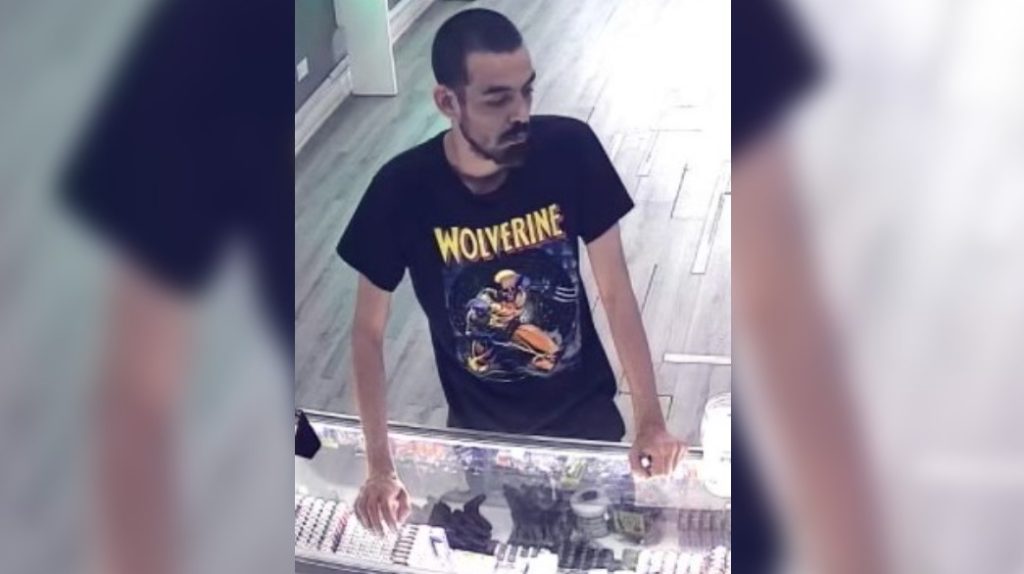The conclave: how the new pope is chosen
Posted March 6, 2013 6:07 pm.
This article is more than 5 years old.
On Feb. 28, Pope Benedict XVI officially retired as head of the Roman Catholic Church. Cardinals will meet this month to choose his replacement during a closed voting process called a conclave. The name — from the Latin cum clave or “with a key” — refers to the cardinals’ seclusion during the voting process.
WHO CAN VOTE
Roman Catholic cardinals who were 79 years old or younger when Pope Benedict retired on Feb. 28. No more than 120 cardinals are allowed to participate. There are currently 115 eligible cardinals, including German Walter Kasper, who turned 80 on March 5.
Once the conclave begins, the cardinals are not allowed to communicate with the outside world until the new pope is elected, except in cases of emergency.
WHEN
Starts between March 15 and 20. Under church law, the cardinals begin the conclave 15-20 days after the papal seat becomes vacant. It’s expected to last one to three days.
WHERE
Sistine Chapel in the Vatican. Cardinals go back and forth between their lodgings in the Domus Sanctae Marthae and the Sistine Chapel during the conclave.
THE PROCESS
If voting begins on the afternoon of the first day, only one ballot is held. The new pope must get two-thirds of the votes. If no one is elected, two ballots are held in the morning and two in the afternoon every day until one cardinal gets enough votes.
If the number of voters is not divisible by three — and the two-thirds ratio isn’t possible — one extra vote is needed for the successful candidate.
1) Preparation of ballots
The master of ceremonies gives each cardinal two or three ballots.
2) Naming of executors
The junior cardinal deacon draws nine names from the group of cardinals to serve as scrutineers, infirmarii (who collect ballots from sick voters) and revisers. This process takes place once each morning and afternoon until a pope is chosen.
3) Voting
Those who can’t vote leave the chapel, and the junior cardinal deacon closes the door.
Each cardinal writes the name of his choice for pope on his ballot and folds it twice. He then holds the ballot up, carries it to the altar, recites an oath and puts the ballot in a container using a plate. Next, he bows and returns to his place.
4) Mixing and counting of ballots
After all ballots are in the container, a scrutineer shakes it. Another scrutineer then counts the ballots to make sure each cardinal has voted once.
The first scrutineer unfolds a ballot, notes the name on it and passes it to the second scrutineer. The second scrutineer also notes the name and passes the ballot to the third scrutineer. The third scrutineer reads the name out loud, threads a needle and string through the ballot and writes the name down.
When all the ballots are opened, the last scrutineer ties the ends of the thread. The scrutineers add up the votes and write the results on paper.
5) Post-scrutiny
The scrutineers count the votes for each candidate to see if anyone has two-thirds of the votes. If that happens, the revisers check the ballots and the scrutineers burn them. If a second ballot is needed, the ballots from the first vote are burned together with those from the second.
6) Spiritual breaks
If after three days no one gets two-thirds of the vote, the cardinals take a break to pray, discuss and listen to a spiritual address by a senior cardinal. They resume voting within a day. The process continues with a break every seven ballots if no decision is made. After about 12 days of voting with no decision, the new pope can be elected by simple majority (50 per cent plus one).
7) Meaning of smoke
If a pope has been chosen, the ballots are burned on their own and emit a white smoke from the Sistine Chapel chimney. If not, a chemical is added to the ballots and the smoke turns black.
8) Acceptance and proclamation
A senior cardinal asks the person elected if he accepts his position as pope and what he would like to be called. The cardinals approach him and pay homage.
The senior cardinal deacon emerges on the St. Peter’s Basilica balcony and announces the election of the new pope and his name.
The pope gives the Urbi et Orbi (“to the city and the world”) blessing from the balcony and begins his papacy.
Source: Universi Dominici Gregis








